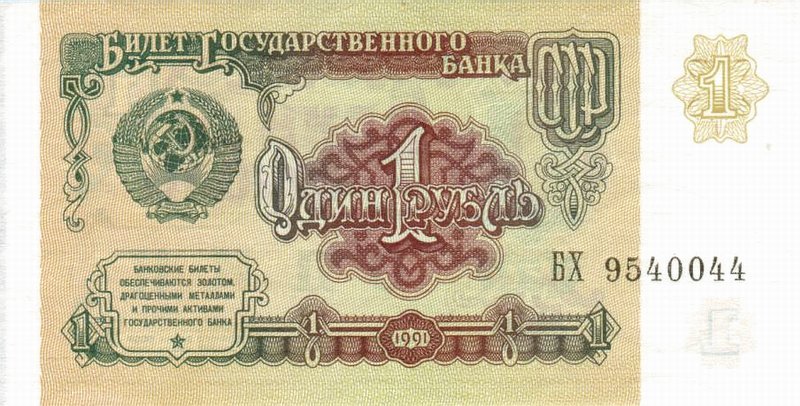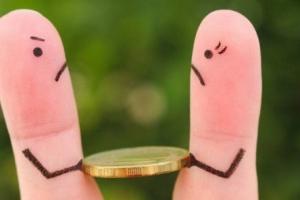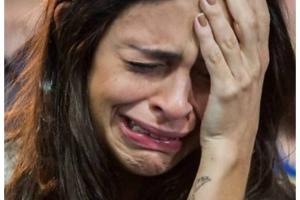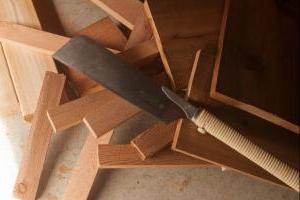Yes, money plays a role in our lives. Despite the fact that their value is unambiguous for each person, they themselves lose their former value over time, depreciating due to various objective economic reasons.
As the old song says: "Money is everywhere, money, money, money is endless everywhere ... And life is bad without money, it’s no good ..."
Insidious pieces of paper
In our country, much has changed since the collapse of the USSR. But money has especially changed. There were no previous bills, and they themselves were much better.
To verify this, it is enough to compare the denominations of cash equivalents of different eras.
For example, five rubles in Soviet times was quite a tangible piece of paper.
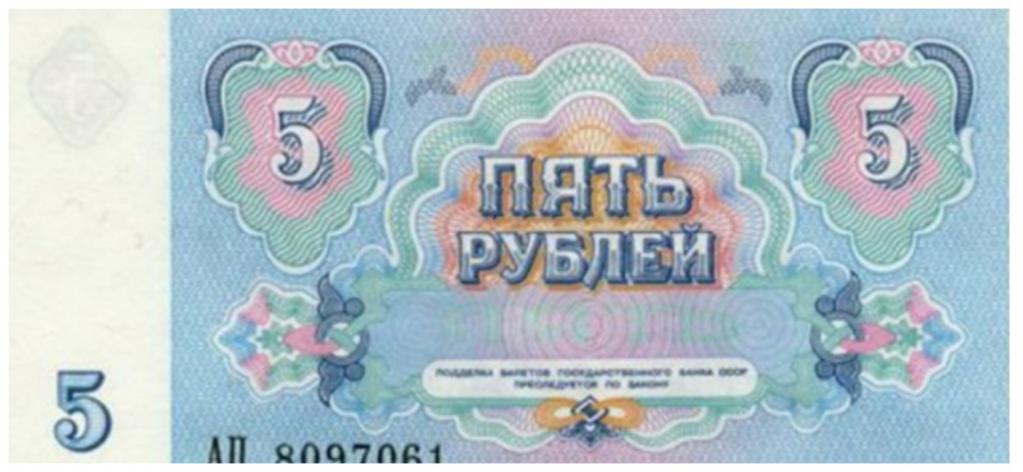
For five rubles you could buy:
- 1 kg of smoked sausage;
- a bottle of vodka;
- 1 kilogram of chocolates;
- 2 kg of bananas - the dream of New Year's serving.
For some reason, the ruble was called "ragged." Probably because of the popular walking around, he really often broke. But he did not lose his financial significance.
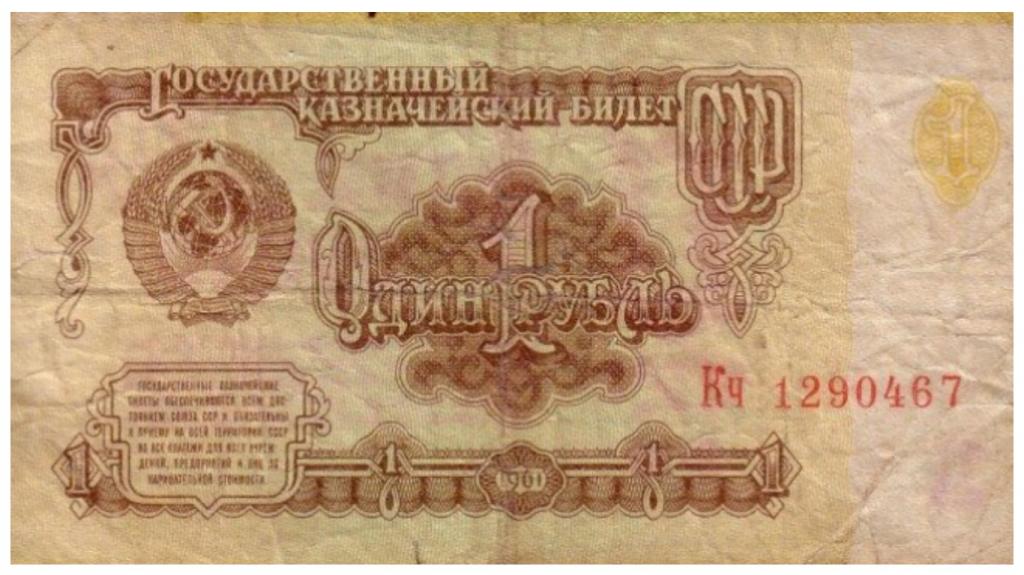
For one ruble, a Soviet person could buy a lot of different things, for example:
- 100 boxes of matches;
- 100 glasses of water without syrup (one glass of water cost 1 kopeck);
- 10 kg of salt;
- 10 kg of potatoes;
- a dozen eggs;
- 1 bottle of sunflower oil;
- 4 packs of cigarettes Belomorkanal;
- packing dominoes.
As they say, it was possible to play and light.
With cognac and a video camera - we won’t be left without tricks
Mani, maniushki - the Soviet youth so affectionately called slang money of different denominations. There were few of them, but by that they were more valuable.
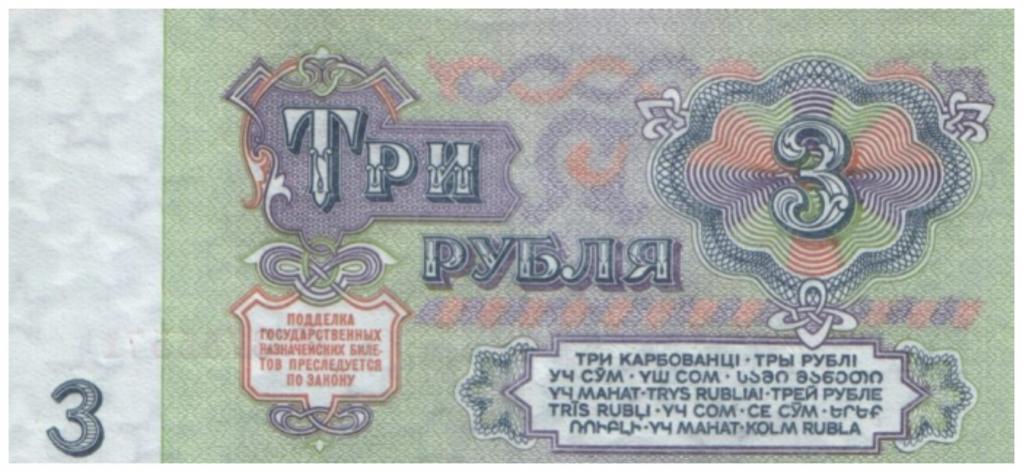
You have a triple, add a little - and there will be cognac ...
For three rubles in Soviet times, one could afford to buy in a store:
- 1 kg of "Doctor's";
- 1 kg of cheese "Russian";
- 1.5 kg of beef or 1 kg of pork;
- 2 liters of sour cream;
- 2 packs of Marlboro;
- Cake "Napoleon" or "Kiev"!
The famous fifty rubles, or 50 rubles, sometimes amounted to the whole pension of an ordinary pensioner of the Soviet era.
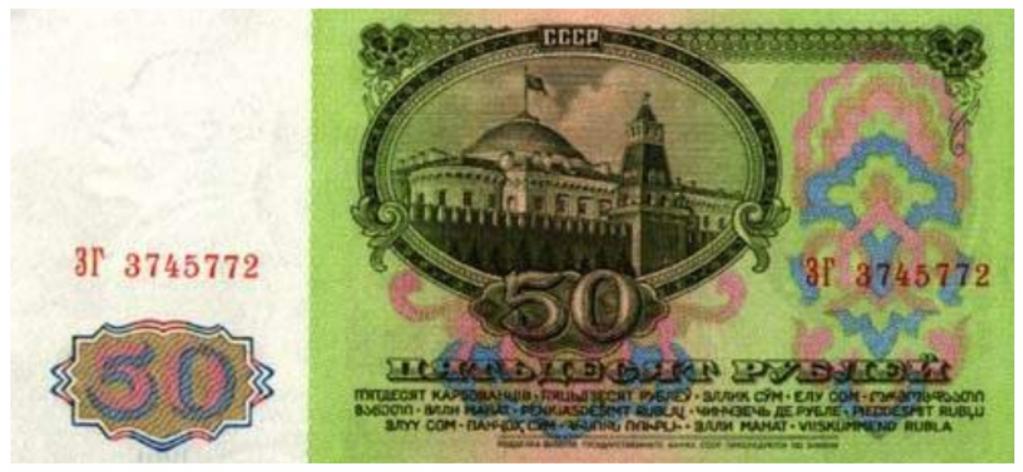
And any citizen of the country for fifty rubles could acquire one of the following:
- teenage bike;
- popular vacuum cleaner "Typhoon";
- a chair made of wood;
- dinner for two in a good restaurant in the capital, dozens were enough in the province.
We did not hurry to exchange chervonets. Quite a valuable monetary paper was in those nostalgic years.
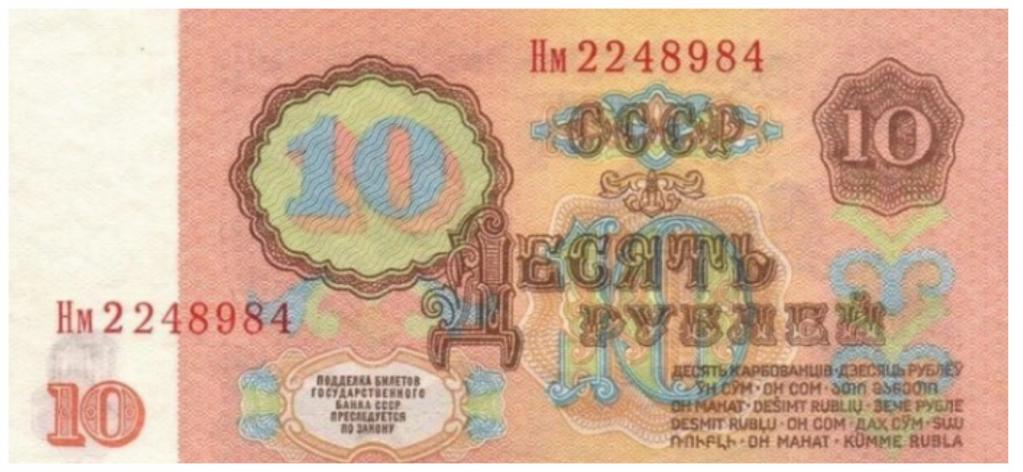
Chervonets was suitable for purchase:
- Chinese thermos;
- board game of hockey;
- bottles of three-star cognac.
Fourth, it was called by the people - this is a monetary unit in denominations of 25 rubles.
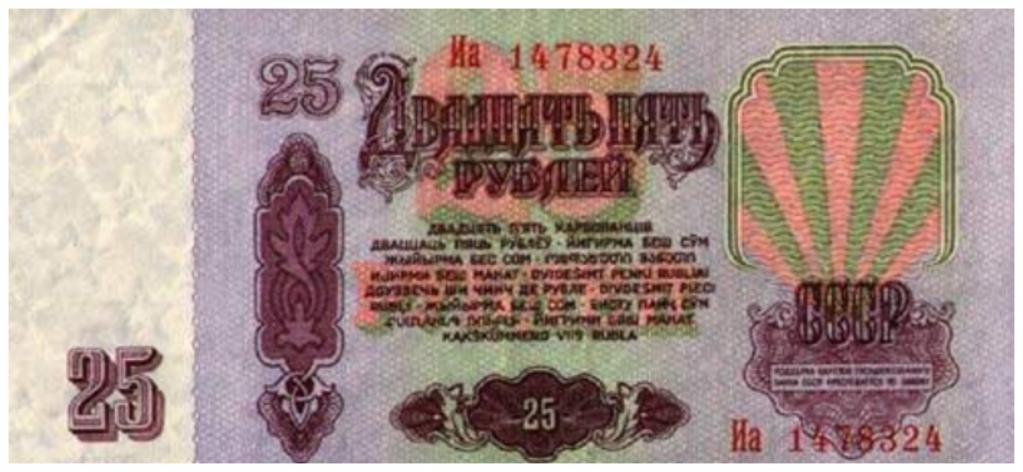
For 25 rubles, Soviet stores offered:
- seven-string guitar of Leningrad production;
- air ticket Minsk - Moscow;
- video camera;
- children's winter coat of a Moscow factory;
- 6 packets of Indian tea with an elephant, the same.
The stolnik, or "Katenka," was already a very serious piece of paper for most citizens of the Soviet state.
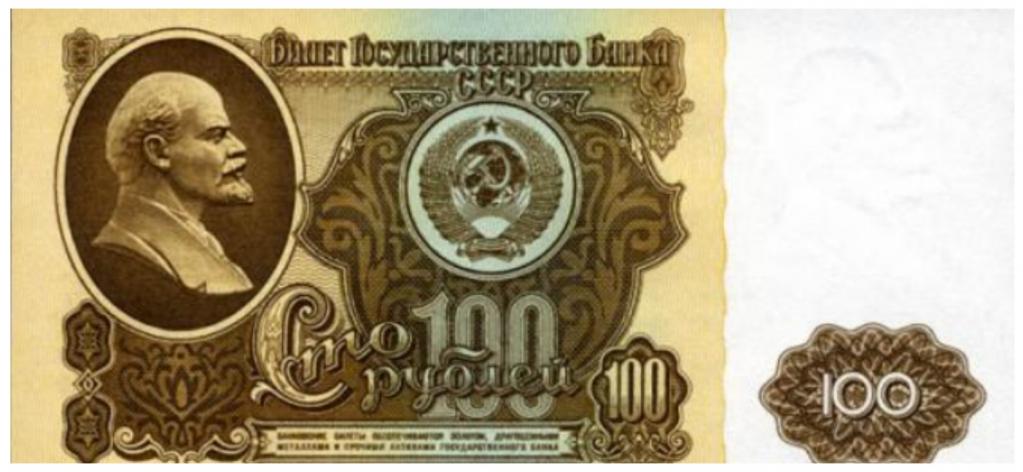
Even poems were dedicated to her: “... remove Lenin from money, he is for the heart and for the banners!” - wrote Eduard Bagritsky. And he was right, removed.
One hundred rubles you could buy:
- men's two-piece suit;
- imported women's boots at a flea market or flea market in a store for 75 r .;
- 1 pair of branded jeans;
- a female hat from a polar fox or silver fox;
- fashionable winter coat;
- male or female bike;
- camera "Zenith".
Here is what our readers wrote about their experience and how they could spend the honestly earned 100 rubles in the USSR:
100 rubles in 1975:
- 500 loaves of bread for 20 cents;
- 10,000 boxes of matches (matches are one of the most “dumped” products of the state, initially at a cost price much higher than the cost of 1 kopeck per box, but the price was fixed for citizens);
- 1000 packages of ice cream (milk);
- 200 packages of ice cream briquette (large, per family);
- 150 dinners in the dining rooms (somewhere even 200);
- 2 men's suits (most likely, I would have to add, it was expensive);
- 3333 tram rides (3 kopecks per trip);
- 200-400 bottles of beer 0.5 l;
I find it difficult to answer what you can buy for a ruble these days, but for 100 rubles you can take - three bottles of beer at a discount, two or three liters of milk, if you're lucky, then a pack of cigarettes.
Maybe I’m visiting the wrong shops, and somewhere else there are Soviet prices.
